Running a massive 2,350 kilometres in 32 days from Pietermaritzburg (in the North East of South Africa) to Cape Town (in the south) – is definitely no mean feat.
But come 26 September, 29-year-old Australian, Samantha Gash, will be doing just that, to raise funds for the set up of a Social Enterprise Business in the Free State of South Africa. This is an initiative, supported by Save the Children, that aims to keep teenage girls in school – to change their lives for the better.
Building a resilient body
On how her training has been going, Samantha, an avid ultra marathoner said, “It is about building a really resilient body to handle long distances for 32 days.
“So I do consecutive days of running, strength training, yoga and a whole combination of other workouts,” she added. Her training for the ultra-marathon event is doing runs between 10km to 80km. Sometimes, she will also do back-to-back long runs, in order to build up even more resilience.
“But I have to train under the constraints of time availability. My training also depends on my work commitments. I have to adapt my training programme to the demands of my work” said Samantha, an Executive Coach and Presenter at Redgum Communications in Melbourne.
Nutrition is important for ultra runners
Besides the physical training, Samantha adds that having a nutrition plan is crucial to running ultra marathons/endurance events.
“I try to eat as healthy and clean as possible, with plenty of veggies and fruits. I incorporate good quality fats and oils into my diet. Generally, my meals are very nutritious,” she said.
But she admits to having a sweet tooth and a craving for French Fries. Added Samantha, “I’m not a saint, and I really do love good French Fries with ketchup.”
Samantha is currently working on her nutrition strategy for the 2,350km expedition. Simplicity & the right composition of carbohydrates/proteins/fats/electrolytes is the key, according to the ultra runner.
Knowing your own body
Besides food and training, knowing your own body is also important when it comes to ultra running.
Said Samantha, “You need a lot of self-awareness to recognise the signs that your body is telling you.
“When you can do this, you can moderate your physical output or amend your nutrition/hydration in accordance with these signs,” added the runner.
Signed up for an ultra race without any experience
Samantha initially took up ultra marathon running in 2010, when she signed up for the Four Deserts race – without any ultra running experience at all.
“I ran a marathon and not long after that, I wanted an adventure. But I wanted to combine travelling with something different – and ultra running appealed to me,” she explained. So she basically just fell into the sport by chance.
No idea how to train for the Four Deserts Grand Slam
But the training for her Four Deserts race certainly wasn’t easy, as Samantha didn’t have the faintest idea of how to train for this demanding race then. This type of running was completely new to her.
“So I was making it up as I went along, which meant I made a lot of mistakes. I had to figure out what food worked best for my body, the balance of electrolytes, what gear to choose, race kits, and so on,” she said.
Added Samantha, “So it was really a steep learning curve for me. I picked up everything along the way and built up my knowledge from there. But since then, she has definitely come a long way from her inaugural ultra marathon event.
Falling in love with ultra marathon running?
The Four Deserts race has given Samantha an immense love for ultra marathon running and visiting all types of far-flung places.
“I find ultra running a very interesting way to combine a lot of my interests. I love to run, but I also love adventure. I perceive ultra running as a strategic sport that can require you to use your intellect and ability to be realistically optimistic.” she said.
Added Samantha, “It is relaxing too. When I am running, in races or expeditions, it is simply enjoyable. The beautiful scenery helps too, to take my mind off the sometimes painful moments in running.”
So far, she has tackled the Sahara, Gobi, Atacama and Antarctic deserts – as well as the Himalayas and Nepal, and parts of Australia and New Zealand.
Fondest running memories
What are the running experiences that Samantha remembers the most? One of her fondest memories was the time when she ran 389 kilometres non-stop across the Simpson Desert in 2012. In all, this run took her three and a half days – with no sleep (beyond a couple of 20 minute cat naps).
She remembers this well, because it was the first time that she wasn’t running in a race. Rather, this event was actually an expedition, which she had created and organized herself.
Both physically and mentally challenging
Ultra endurance events are very challenging. Samantha explained, “It is hard, both physically and mentally. You need to be physically strong to handle what the ultra marathon throws at you.
“But the mental aspect is also very important because it helps you to push yourself to the limit. In fact I have seen some very physically unfit people complete these races,” she added.
For Samantha though, the adventure aspect far outweighs the physical and mental challenges, of taking part in these ultra endurance events.
Said Samantha, “I love the adventure, the people I meet while doing it and how I push my mind and body far more than what I think I am capable of.”
Self-organised expeditions are tougher than races
Samantha points out that self-organised expeditions can be much tougher than races organised by sports event companies.
Said Samantha, “In these organised races, everything is done for you. In some respects you are a sheep and you follow the conditions set out by someone else.”
She added, “But in an expedition, you control everything. You decide when to run, how long to run for and your safety is completely in your own hands.” She also said that there is added pressure in such expeditions, because you have to keep an eye out on where you are going and constantly ensure at all times, that you are heading in the right direction.
“On an expedition, you have to stay focused on where you are going. You can’t simply go off into la-la-land when you’re running. You must stay tuned,” said the ultra runner.
Getting Lost While Running
So does Samantha have an excellent sense of direction?
“Actually I have a terrible sense of direction! My boyfriend tells me that it is appalling all the time! I know I should be better!” she quipped.
In fact, she admits to getting lost while running, but these were mainly in organised races.
“But that’s because the flags had gone missing!” she said, with a laugh, “Sometimes, I get lost in the moment, being caught up completely in my running.”
A supportive family
But Samantha is fortunate that she is very good in organising and paying attention to details. So she won’t forget about the little things when she is planning an expedition.
And it is this quality of hers that allows her family to feel safe when she is taking part in these ultra running events.
“They feel safe in my organising these events. My family have always been supportive and they have seen me running over the years to know that it’s not just a passing thing. They know it’s something I love to do and they want me to be happy,” she explained.
In fact, even though her family didn’t understand her passion for running at first, they were still supportive. Today, Samantha has definitely come a long way in her chosen sport, ever since her very first Four Deserts Grand Slam.
Other Blog Posts
He Ran 170 Marathons and Counting
Marathon Race on board a Cruise Ship
Running a Trail Marathon in Singapore – An Austrian’s Experience
She Ran 366 Marathons in 365 Days

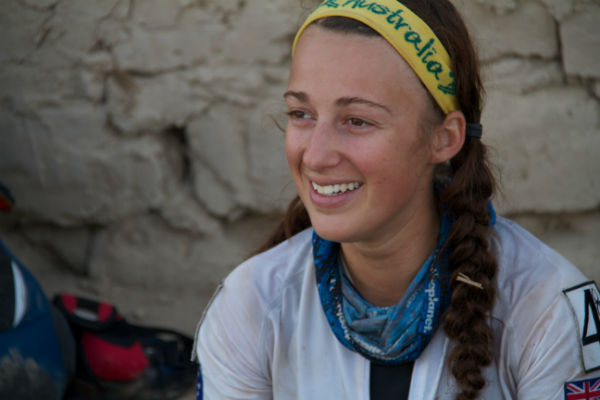
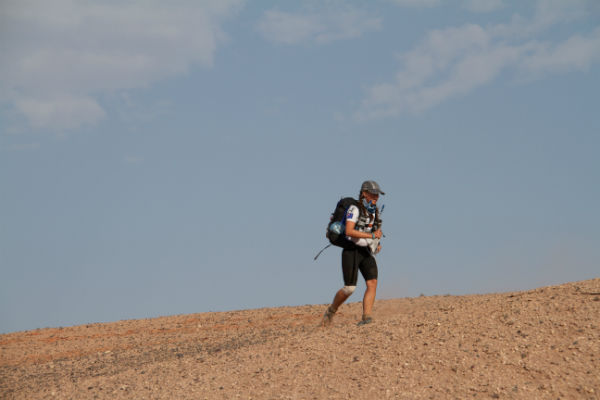
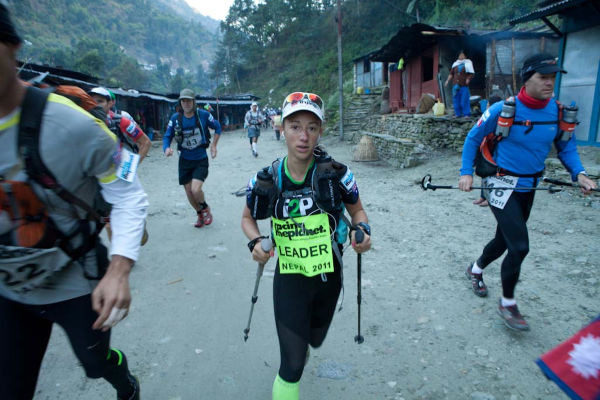
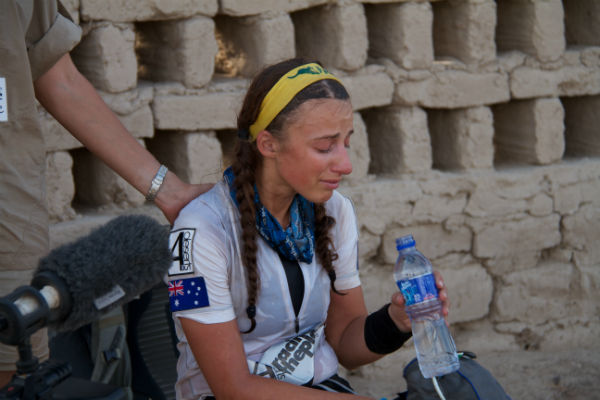
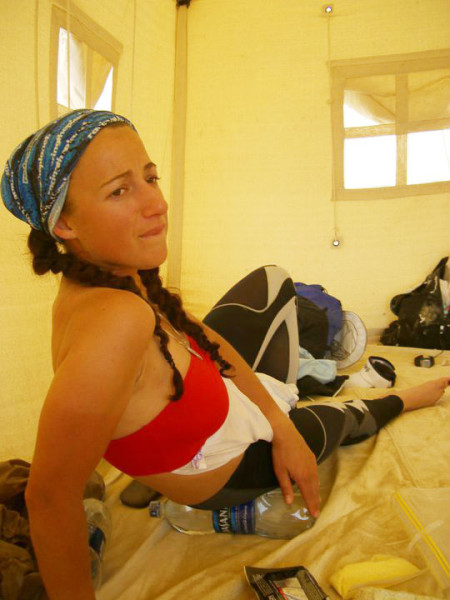
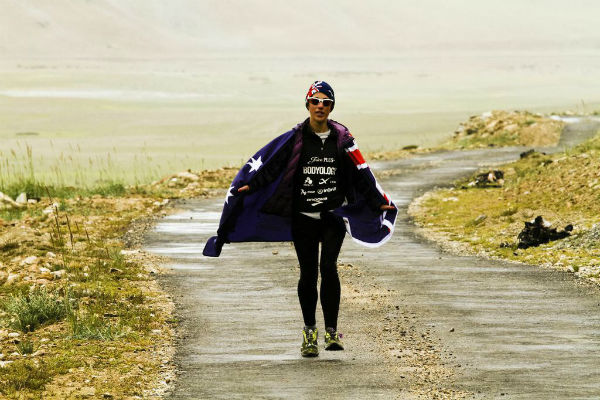
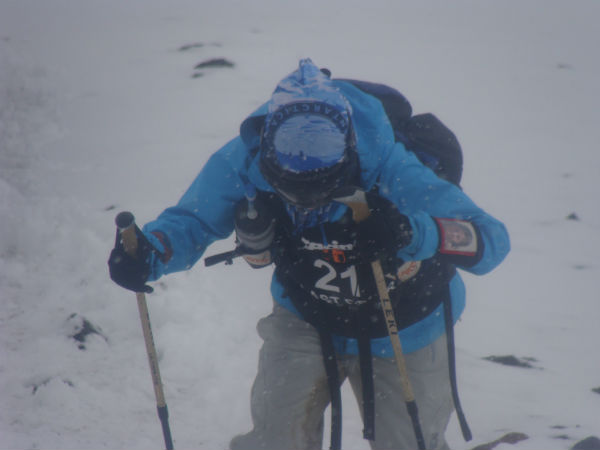
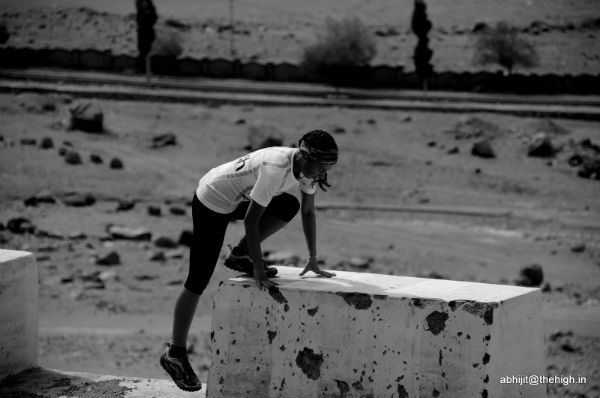
Leave a Comment